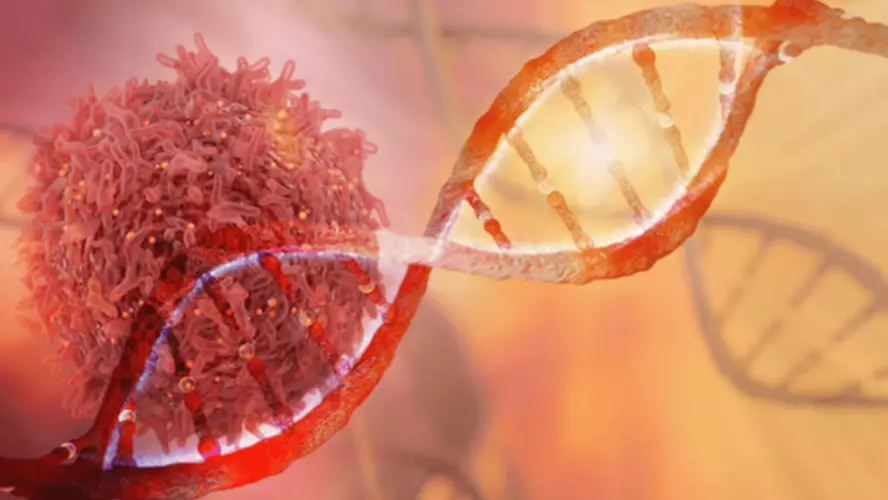Some people arrange a tight network of friends to call on in an emergency, such as when they are experiencing cravings. Since cravings do not last forever, engaging in conversation about the feelings as they occur with someone who understands their nature can help a person ride out the craving. Others take advantage of the many types of peer support groups that provide, in addition to useful information, the wisdom and coping strategies of others who have faced the same hurdles; it is the ethos of such groups that members support their peers through crises without judgment. The longer someone neglects self-care, the more that inner tension builds to the point of discomfort and discontent. This stage is characterized by a tug of war between past habits and the desire to change.
Continued empirical evaluation of the RP model
- However, recent studies show that withdrawal profiles are complex, multi-faceted and idiosyncratic, and that in the context of fine-grained analyses withdrawal indeed can predict relapse [64,65].
- However, these interventions also typically lack an abstinence focus and sometimes result in reductions in drug use.
- A “controlled drinking controversy” followed, in which the Sobells as well as those who supported them were publicly criticized due to their claims about controlled drinking, and the validity of their research called into question (Blume, 2012; Pendery, Maltzman, & West, 1982).
- Learning healthy coping mechanisms can help you manage stress, cravings, and triggers without resorting to substance use.
Another possible outcome of a lapse is that the client may manage to abstain and thus continue to go forward in the path of positive change, “prolapse”4. Many researchers define relapse as a process rather than as a discrete event and thus attempt to characterize the factors contributing to relapse3. Miller and Hester reviewed more than 500 alcoholism outcome studies and reported that more than 75% of subjects relapsed within 1 year of treatment1.
4. Current status of nonabstinence SUD treatment

However, it’s important to recognize that no one gets through life without emotional pain. The healthy alternative to seeing relapse as personal defeat is to regard it as a steppingstone, a marker of progress—a chance to learn more about one’s individual susceptibilities, about the kinds of situations https://ecosoberhouse.com/ that are problematic, and about the most workable means of support in a crisis. How individuals deal with setbacks plays a major role in recovery—and influences the very prospects for full recovery. Many who embark on addiction recovery see it in black-and-white, all-or-nothing terms.
- Recent studies have reported genetic associations with alcohol-related cognitions, including alcohol expectancies, drinking refusal self-efficacy, drinking motives, and implicit measures of alcohol-related motivation [51,52, ].
- Marlatt’s work inspired the development of multiple nonabstinence treatment models, including harm reduction psychotherapy (Blume, 2012; Denning, 2000; Tatarsky, 2002).
- Cognitive behavioral therapy (CBT) is another effective treatment option for many people.
- Rather than being overwhelmed by the wave, the goal is to “surf” its crest, attending to thoughts and sensations as the urge peaks and subsides.
- In sum, the RP framework emphasizes high-risk contexts, coping responses, self-efficacy, affect, expectancies and the AVE as primary relapse antecedents.
Cognitive Dissonance
Negative social support in the form of interpersonal conflict and social pressure to use substances has been related to an increased risk for relapse. Social pressure may be experienced directly, such as peers trying to convince a person to use, or indirectly through modelling (e.g. a friend ordering a drink at dinner) and/or cue exposure. Marlatt, based on clinical data, describes categories of relapse determinants which help in developing a detailed taxonomy of high-risk situations. These components include both interpersonal influences by other individuals or social networks, and intrapersonal factors in which the person’s response is physical or psychological.
- The statements were further classified by completing a cluster analysis with the coordinates of the statements.
- The dynamic model of relapse assumes that relapse can take the form of sudden and unexpected returns to the target behavior.
- The AVE was introduced into the substance abuse literature within the context of the “relapse process” (Marlatt and Gordon 1985, p. 37).
- Following this a decisional matrix can be drawn where pros and cons of continuing or abstaining from substance are elicited and clients’ beliefs may be questioned6.
- In the 1980s and 1990s, the HIV/AIDS epidemic prompted recognition of the role of drug use in disease transmission, generating new urgency around the adoption of a public health-focused approach to researching and treating drug use problems (Sobell & Sobell, 1995).
The RAP is a cognitive intervention to help focus on healthier thinking. – Psychology Today
The RAP is a cognitive intervention to help focus on healthier thinking..
Posted: Sat, 14 Aug 2021 07:00:00 GMT [source]
In this context, a critical question will concern the predictive and clinical utility of brain-based measures with respect to predicting treatment outcome. Strengthening coping skills is a goal of virtually all cognitive-behavioral interventions for substance use [75]. One study [76] found that momentary coping differentiated smoking lapses from temptations, such that coping responses were reported in 91% of successful resists vs. 24% of lapses. Shiffman and colleagues [68] found that restorative coping following a smoking lapse decreased the likelihood of a second lapse the same day.
Balanced lifestyle and Positive addiction
The current review highlights a notable gap in research empirically evaluating the effectiveness of nonabstinence approaches for DUD treatment. While multiple harm reduction-focused treatments for AUD have strong empirical support, there is very little research testing models of nonabstinence treatment for drug use. Despite compatibility with harm reduction in established SUD treatment models such as MI and RP, there is a dearth of evidence testing these as standalone treatments for helping patients achieve nonabstinence goals; this is especially true regarding DUD (vs. AUD). In sum, the current body of literature reflects multiple well-studied nonabstinence approaches for treating AUD and exceedingly little research testing nonabstinence treatments for drug use problems, representing a notable gap in the literature. This paper presents a narrative review of the literature and a call for increased research attention on the development of empirically supported nonabstinence treatments for SUD to engage and treat more people with SUD. We define nonabstinence treatments as those without an explicit goal of abstinence from psychoactive substance use, including treatment aimed at achieving moderation, reductions in use, and/or reductions in substance-related harms.

For Immediate Treatment Help Call 800-526-5053
- Many advocates of harm reduction believe the SUD treatment field is at a turning point in acceptance of nonabstinence approaches.
- Another cause of failure stems from viewing behavior change in all or nothing terms.
- Relapse occurs when this behavior accelerates back into prolonged and compulsive patterns of drug abuse.
- This can be worked on by creating a decisional matrix where the pros and cons of continuing the behaviour versus abstaining are written down within both shorter and longer time frames and the therapist helps the client to identify unrealistic outcome expectancies5.
- There is also a need for updated research examining standards of practice in community SUD treatment, including acceptance of non-abstinence goals and facility policies such as administrative discharge.
- Set realistic expectations for your recovery journey, understanding that progress may not always be linear.
Overall, the RP model is characterized by a highly ideographic treatment approach, a contrast to the “one size fits all” approach typical of certain traditional treatments. Moreover, an emphasis on post-treatment maintenance renders RP a useful adjunct to various treatment modalities (e.g., cognitive-behavioral, twelve step programs, pharmacotherapy), irrespective of the strategies used to enact initial behavior change. Most notably, we provide a recent update of the RP literature abstinence violation effect by focusing primarily on studies conducted within the last decade. We also provide updated reviews of research areas that have seen notable growth in the last few years; in particular, the application of advanced statistical modeling techniques to large treatment outcome datasets and the development of mindfulness-based relapse prevention. Additionally, we review the nascent but rapidly growing literature on genetic predictors of relapse following substance use interventions.
Specific Intervention strategies in Relapse Prevention

